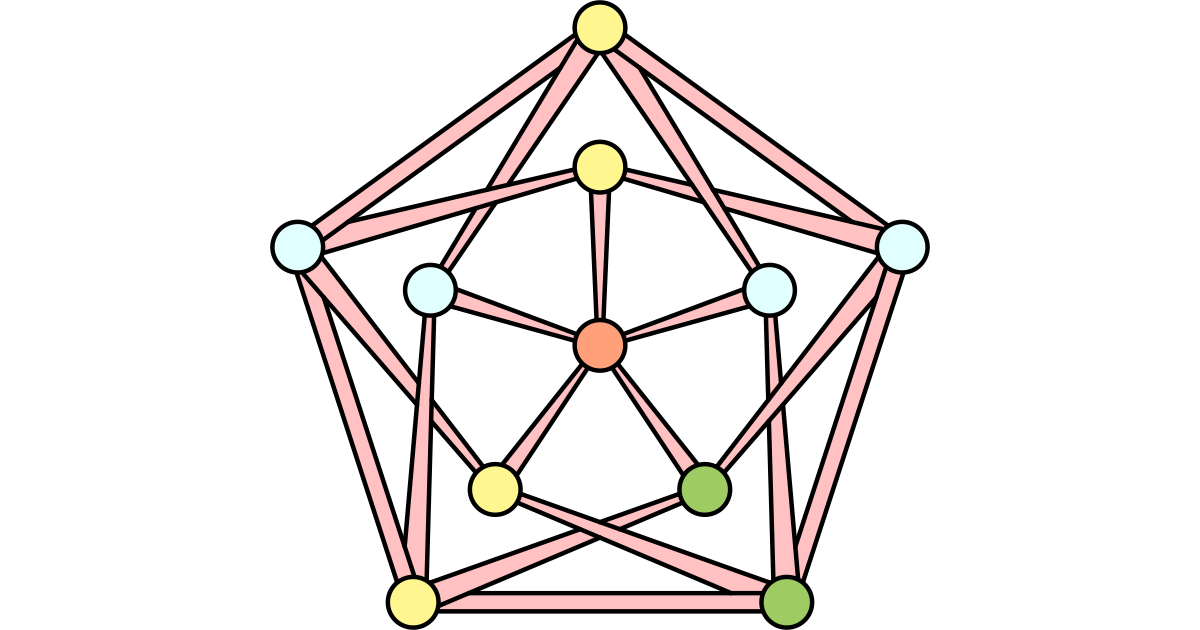Labelings, Colorings and Distances in Graphs
A special issue of Symmetry (ISSN 2073-8994). This special issue belongs to the section "Mathematics".
Deadline for manuscript submissions: closed (30 September 2023) | Viewed by 29947

Special Issue Editors
Interests: graph labelings; metric dimension of graphs
Special Issues, Collections and Topics in MDPI journals
Interests: graph labelings; metric dimension of graphs
Special Issues, Collections and Topics in MDPI journals
Special Issue Information
Dear Colleagues,
Some of the central topics in graph theory are that of graph labeling and graph coloring. The graph labeling/coloring problem involves assigning labels/colors to certain set of graph elements subject to certain restrictions and constraints. Both graph labelings and graph colorings can be used to solve a wide variety of problems in real world, as well as theoretical challenges.
The distance between two vertices, i.e., the length of a shortest path between these vertices, is the basis of the definition of many graph parameters including metric dimension. The metric dimension and its variants have appeared in various applications of graph theory.
Please note that all submitted papers must be within the general scope of the Symmetry journal.
Dr. Andrea Semaničová-Feňovčíková
Prof. Dr. Martin Bača
Guest Editors
Manuscript Submission Information
Manuscripts should be submitted online at www.mdpi.com by registering and logging in to this website. Once you are registered, click here to go to the submission form. Manuscripts can be submitted until the deadline. All submissions that pass pre-check are peer-reviewed. Accepted papers will be published continuously in the journal (as soon as accepted) and will be listed together on the special issue website. Research articles, review articles as well as short communications are invited. For planned papers, a title and short abstract (about 250 words) can be sent to the Editorial Office for assessment.
Submitted manuscripts should not have been published previously, nor be under consideration for publication elsewhere (except conference proceedings papers). All manuscripts are thoroughly refereed through a single-blind peer-review process. A guide for authors and other relevant information for submission of manuscripts is available on the Instructions for Authors page. Symmetry is an international peer-reviewed open access monthly journal published by MDPI.
Please visit the Instructions for Authors page before submitting a manuscript. The Article Processing Charge (APC) for publication in this open access journal is 2400 CHF (Swiss Francs). Submitted papers should be well formatted and use good English. Authors may use MDPI's English editing service prior to publication or during author revisions.
Keywords
- graceful labelings and their variations
- magic-type labelings
- antimagic-type labelings
- irregular-type labelings
- sum labelings and their variations
- prime and vertex prime labelings
- binary labelings
- average labelings
- labelings and their induced colorings
- applications of graph labelings
- vertex colorings
- edge colorings
- face and map coloring
- list coloring
- path coloring
- total coloring
- applications of graph colorings
- metric dimension
- strong metric dimension
- local metric dimension
- adjacency dimension
- k-metric dimension
- partition dimension and its variants
- fractional metric dimension and its variants
Benefits of Publishing in a Special Issue
- Ease of navigation: Grouping papers by topic helps scholars navigate broad scope journals more efficiently.
- Greater discoverability: Special Issues support the reach and impact of scientific research. Articles in Special Issues are more discoverable and cited more frequently.
- Expansion of research network: Special Issues facilitate connections among authors, fostering scientific collaborations.
- External promotion: Articles in Special Issues are often promoted through the journal's social media, increasing their visibility.
- Reprint: MDPI Books provides the opportunity to republish successful Special Issues in book format, both online and in print.
Further information on MDPI's Special Issue policies can be found here.






